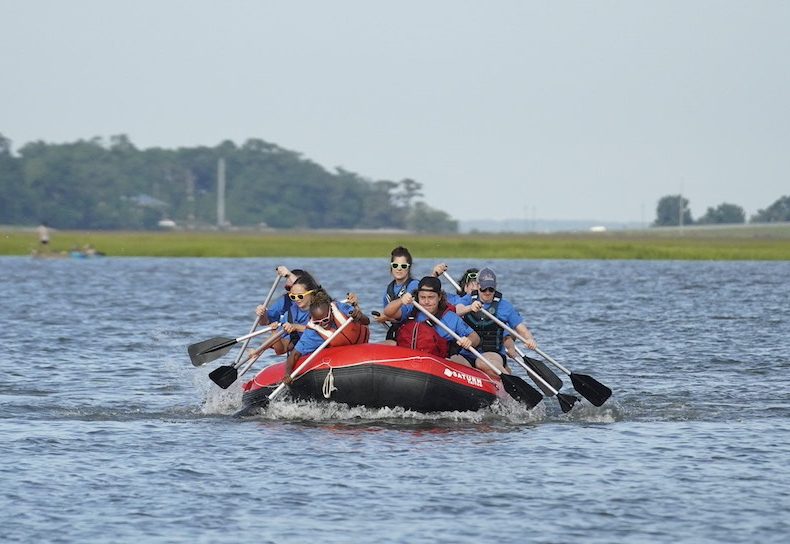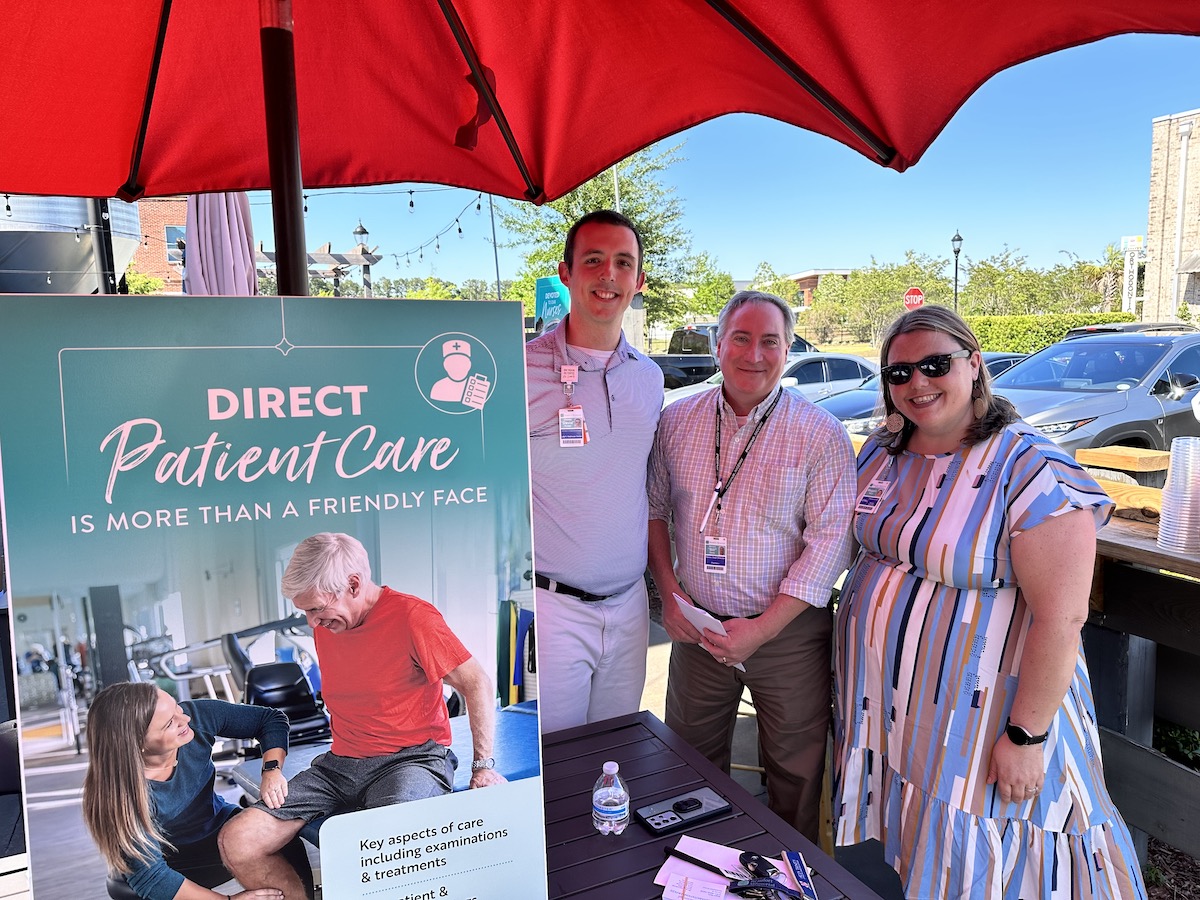By Lee Levesque
For most of us, the holiday season represents a time for family festivities and good cheer. What few of us consider is that the holiday season is a time when there is an increased risk of home fires. According to the National Fire Protection Agency, many households engage in holiday activities that serve as some of the leading causes of U.S. home fires, including cooking. Christmas trees, candle usage and holiday decorations also significantly contribute to the seasonal causes of home fires. Add to that the hectic nature of the holidays, when people are trying to accomplish multiple tasks at one time, and the chance for home fires grows even further.

Fortunately, with a little added awareness and some minor adjustments to holiday cooking and decorating, the season can remain festive and safe for everybody. With unattended cooking as the leading cause of U.S. home fires and home fire injuries, firefighters say to stay in the kitchen while you’re frying, grilling or broiling food. Most cooking fires involve the stovetop, so keep anything that can catch fire away from it, and turn off the stove when you leave the kitchen, even if it’s for a short period of time. If you’re simmering, boiling, baking or roasting food, check it regularly and use a timer to remind you that you’re cooking.
Candles are widely used in homes throughout the holidays, and December is the peak month for home candle fires. Local fire departments ask residents to consider using flameless candles, which look and smell like real candles. However, if you do use traditional candles, keep them at least 12” away from anything that can burn, and remember to blow them out when you leave the room or go to bed. Use candle holders that are sturdy, won’t tip over and are placed on uncluttered surfaces. Avoid using candles in the bedroom where one-third of U.S. candle fires begin or other areas where people may fall asleep. Lastly, never leave a child alone in a room with a burning candle.
According to the NFPA, U.S. fire departments annually responded to an annual average of 230 home structure fires that began with Christmas trees in 2006-2010. One of every three of them is caused by electrical problems, and one in five resulted from a heat source that’s too close to the tree.
• If you have an artificial tree, be sure it’s labeled, certified or identified by the manufacturer as fire-retardant.
• If you choose a fresh tree, make sure the green needles don’t fall off when touched; before placing it in the stand, cut 2” from the base of the trunk. Add water to the tree stand, and be sure to water it daily.
• Make sure the tree is not blocking an exit, and is at least three feet away from any heat source, like fireplaces, space heaters, radiators, candles and heat vents or lights.
• Use lights that have the label of an independent testing laboratory, and make sure you know whether they are designed for indoor or outdoor use.
• Replace any string of lights with worn or broken cords, or loose bulb connections. Connect no more than three strands of mini-string sets and a maximum of 50 bulbs for screw-in bulbs.
• Never use lit candles to decorate the tree.
• Always turn off Christmas tree lights before leaving the home or going to bed.
• After Christmas, get rid of the tree. Dried-out trees are a fire hazard and should not be left in the home or garage, or placed outside the home.
• Bring outdoor electrical lights inside after the holidays to prevent hazards and make them last longer.
By following these fire prevention tips and measure, you can greatly reduce the risk of fire in your home, and enjoy a safe holiday season. By taking simple precautions, people can avoid potential fire hazards, and make this time of year a healthy and happy one.






